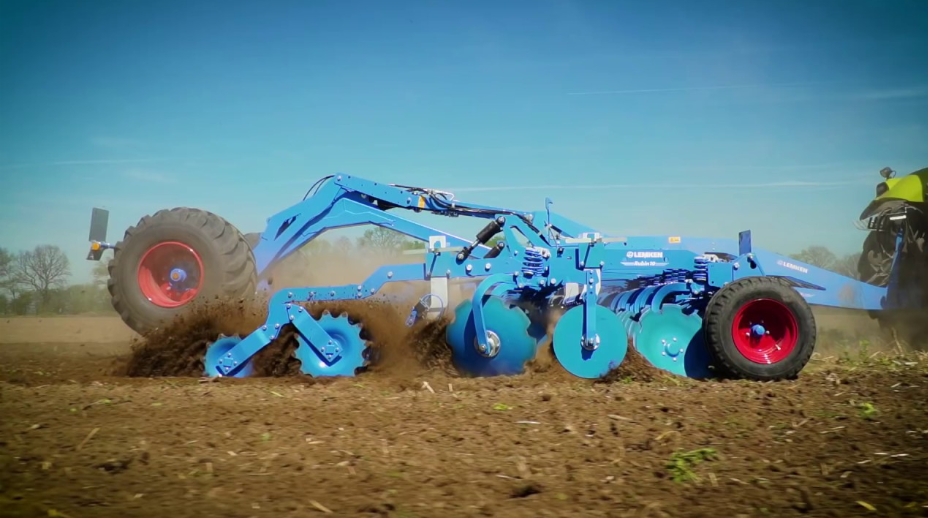Modern farming in 2025 relies on information, efficiency, and adaptability. While traditional knowledge still drives decision-making, equipment now plays a far more technical role in how farmers manage land, monitor inputs, and protect yields. The tools that matter most this year are designed to improve control over every variable that affects production, from soil health to post-harvest storage.
GPS-Equipped Tractors and Implements
Fieldwork is more efficient when your farm equipment works with satellite accuracy. GPS-guided tractors reduce fuel use and make each pass across the field more precise. Paired implements like planters and sprayers follow the same data, which helps eliminate overlap and wasted inputs. Instead of estimating boundaries and rows, farmers can follow exact positioning data, which improves input placement and reduces operating costs.
Soil Condition Monitors
Sensor systems that track soil temperature, moisture levels, and nutrient content are now standard on many farms. These tools support decisions around irrigation, fertilization, and planting schedules. The data collected is often integrated into software platforms that help forecast yield potential or flag underperforming areas. Farmers can respond to real field conditions instead of relying on averages or intuition.
No-Till and Strip-Till Seeders
These seeders give producers more flexibility in managing soil structure and organic matter. No-till and strip-till equipment reduce erosion and preserve carbon in the soil while maintaining planting efficiency. Conservation-based equipment continues to gain adoption across different crop types, especially in regions dealing with moisture stress or degraded soil.
Section-Controlled Sprayers
Sprayers with automatic section control reduce chemical use and avoid duplication in treated areas. They adjust in real time based on GPS data and field mapping. This improves application efficiency and makes better use of costly inputs like fungicides and liquid fertilizers. Section control also reduces drift, which helps with compliance in regions that regulate off-target application.
Telematics and Equipment Tracking
Equipment tracking tools offer operational visibility across the farm. Farmers can monitor usage, downtime, fuel consumption, and maintenance intervals. This helps with scheduling, labour management, and long-term equipment decisions. These systems also support remote troubleshooting and more efficient servicing.
Automated Livestock Feeders
Feeding systems with programmable schedules and ration settings reduce labour and improve consistency. For farms with multiple barns or species, centralized control systems support ration planning, real-time adjustments, and consumption monitoring. These systems also integrate with animal health monitoring platforms, allowing farmers to correlate feed intake with weight gain or signs of stress.
Post-Harvest Handling Systems
Storage and conditioning equipment protects yield value after harvest. Grain dryers, cooling systems, and sorting conveyors are now more modular and adaptable, making them viable for smaller and mid-sized farms. On-farm storage gives farmers more control over when and how they market their product, especially during price fluctuations or weather-related delays.
Power Backups and Redundancy Systems
Backup generators and hybrid energy systems reduce downtime and maintain critical systems like ventilation, irrigation, and automated controls. For farms located in areas with unreliable grid access or extreme weather risks, power redundancy has become part of risk planning.
2025 Equipment Outlook
The most valuable equipment this year isn’t necessarily the most advanced. It’s the equipment that improves accuracy, conserves inputs, and reduces response time. The goal is clarity over complexity. The ability to act on specific, real-time information is what makes a modern farm resilient and competitive.






